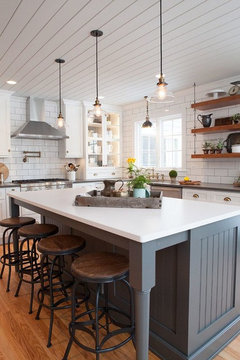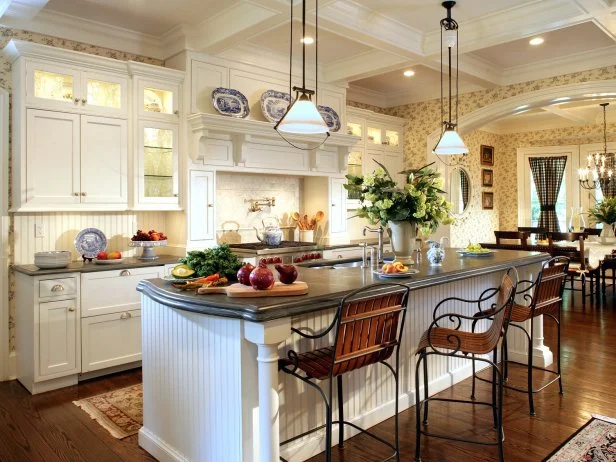Kitchen Island Legs: Add Capability and Style to Your Area
Kitchen Island Legs: Add Capability and Style to Your Area
Blog Article
Vital Tips for Choosing the Perfect Table for Your Kitchen
Picking the ideal dining table for your kitchen is more than just an issue of preference; it requires a complete understanding of your area and demands. The form of the table plays a pivotal role; while rectangular tables match larger locations, round ones foster intimacy, and extendable choices provide adaptability. The table should integrate with your cooking area's looks and accommodate your family conveniently.
Measure Your Area
Selecting the ideal table begins with a precise assessment of your readily available space. This fundamental action guarantees that the table not just fits conveniently within the area but additionally complements the overall format and capability of your eating area. Begin by measuring the measurements of the space, taking right into account entrances, home windows, and any existing furnishings. This will help you determine the optimum permitted size for your eating table.
It is important to leave sufficient space for chairs to be drawn out and for individuals to move around the table without obstruction. A general rule of thumb is to permit at the very least 36 inches of clearance from the edge of the table to the nearest wall surface or piece of furnishings.
In addition, think of the variety of people you generally delight and whether you require extra area for guests. Selecting an extendable table can provide adaptability, allowing you to suit varying varieties of diners. By precisely measuring your area, you lay the foundation for choosing an eating table that enhances both the aesthetics and performance of your dining area.
Select the Right Forming

On the other hand, round tables are exceptional for smaller kitchen areas or intimate celebrations, as they promote discussion by allowing everybody to encounter each other. They likewise give a sense of coziness and can fit well in tighter spaces because of their lack of sharp edges. Oval tables offer the best of both worlds, incorporating the length of rectangular tables with the intimacy of rounded ones, making them versatile for different setups.
Square tables are an additional option, particularly suited for square-shaped rooms. They create a in proportion and contemporary look, fostering an equal eating experience for all seated.
Product Factors To Consider
When selecting a dining table, product considerations are paramount in establishing the table's longevity, maintenance needs, and general aesthetic. Timber is a classic selection, providing timeless charm and robustness.
Glass-topped tables supply a modern, streamlined look and can make an area appear bigger due to their openness. However, they click this need frequent cleaning to prevent smudges and finger prints. Furthermore, toughened up glass is recommended for its extra strength and security.

Finally, composite materials like MDF (Medium-Density Fiberboard) or plywood are affordable options. These materials can mimic the look of solid timber yet may not supply the exact same durability. They are generally less complicated to tidy but can be at risk to water damage if not appropriately sealed.
Inevitably, the option of material must align with your cooking area's style, your way of living needs, and your spending plan constraints. (kitchen island legs)
Seats Capability and Convenience
Exactly how do you identify the right seats capacity and comfort for your table? This vital step involves examining both the physical space readily available in your kitchen and your house's practical demands. Begin by determining your kitchen location to make sure the table fits comfortably, enabling at least 36 inches of clearance around it for simple activity. Think about the number of individuals who normally eat with each other, as this will certainly affect the table dimension. For a family of four, a rectangle-shaped table basics of 48 inches long or a round table with a 48-inch size is generally enough.
Convenience is similarly crucial. The height of the table ought to ideally be around 30 inches, supplying a well balanced ergonomic position for seated restaurants. Chairs ought to sit elevation of 18 to 20 inches to ensure a comfortable dining position. Additionally, think about the chair style; upholstered seats and encouraging back-rests can boost eating convenience dramatically, specifically throughout long term dishes.
Style and Appearance
Picking an eating table that fits your style and looks includes balancing personal taste with the existing decor of your dining space. The table is usually the focal point of the kitchen area, and its style ought to complement the overall motif of the area. Whether your kitchen area boasts a contemporary, minimalist look or a rustic, farmhouse beauty, the table you select must balance with these aspects to create a cohesive and welcoming environment.
Think about materials thoroughly; wood supplies a classic charm and can vary from rich mahogany for a traditional appearance to lighter oak for a recommended you read modern feeling. Metal and glass tables, on the other hand, can present a sleek, commercial side to your kitchen. Do not neglect the table's form-- rectangle-shaped tables are timeless and flexible, while round and oval options can cultivate a much more intimate dining experience.
Additionally, pay attention to information and finishes. A troubled finish could add character and heat, whereas a glossy surface area can contribute to a clean, modern-day aesthetic. Inevitably, your dining table must not just fit flawlessly into your kitchen area's design however additionally reflect your individual design, elevating the area both functionally and visually.
Final Thought
To conclude, selecting the excellent table for a cooking area necessitates cautious analysis of space, shape, product, seating capacity, and visual consistency. Guaranteeing a minimal clearance of 36 inches helps with comfy movement, while the choice of form enhances spatial dynamics. Product selection impacts longevity and design, making it important to straighten with the kitchen area's total aesthetic. Eventually, an appropriate table fosters a welcoming environment and accommodates the house comfortably, thus improving the eating experience.

When selecting an eating table, product considerations are vital in determining the table's longevity, upkeep requirements, and general visual. For a family members of 4, a rectangular table of 48 inches long or a round table with a 48-inch diameter is typically adequate.
Do not ignore the table's form-- rectangle-shaped tables are classic and versatile, while round and oval choices can promote an extra intimate dining experience. kitchen island legs.
Report this page